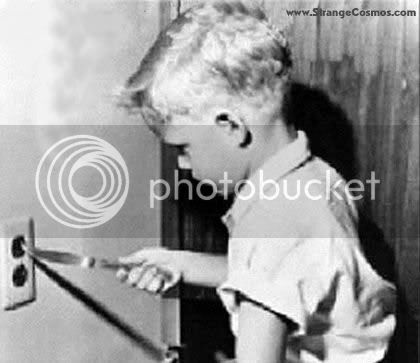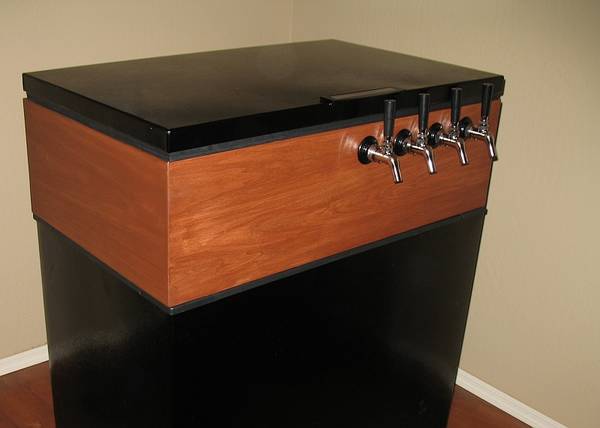Is 3/4" wood not big enough? That is what I just cut. I haven't assembled yet. I am going to glue foam insulation to the wood so hopefully that will help. The wood cost me $50 so I really hope 3/4" will work? Thoughts?
Awesome! Thanks guys.
Got the collar all cut/joined/wood puttied and sanded. I just need to cut the holes for the shanks, temp contoller anb wires out the back. After that, I start staining. Nice to know that the Red Mahogany truns out looking nice. Maybe it was just the pine I was using that was giving it a purplish look. I have since moved to the Hemlock since my first attempt at a colar was a msierable disaster. I was trying to use a little better quality wood so I bought finished pine boards. The problem is that the are only 3/4" think so I was gluing two of them together around all of the sides. What a mess. Oh well...live and learn. I was a little afraid of the hemlock because I thought I wouldn't be able to find two boards that were straight. First two I picked off of the pile were near perfect.
I did have another question: What size hole saw for the shank holes? I think I read somewhere else the 7/8" works best. Can you guys confirm?
Also, for anyone else following this thread: My freezer (like most I would think) has a textured finish...almost rubberized. I found a nice paint that worked perfectly. I originally tried the Rustomeum Appliance Epoxy, but since it was enamel based it seemed to chip off a little easy. I could actually scrath it off with my finger nail after sitting for 2 days. This is what I ended up using (available at Lowes/HD):
http://rustoleum.com/CBGProduct.asp?pid=178
OVERVIEW:
New Rust-Oleum Universal is specifically formulated to work on diverse surfaces including wood, plastic, metal, brick, concrete and even vinyl. The Rust-Oleum Universal advanced spray system can spray from any angle even upside down.
PRODUCT FEATURES:
For use on interior / exterior environments
One Universal coating for diverse substrates
Ultimate flexibility for extreme applications
Maximum adhesion for demanding substrates
Fast, efficient coverage
Fade and chip resistant
Rust preventative
2008 HANDY Innovation Award Winner
This stuff is pure awesomeness!
Thanks again!
John
























































![Craft A Brew - Safale S-04 Dry Yeast - Fermentis - English Ale Dry Yeast - For English and American Ales and Hard Apple Ciders - Ingredients for Home Brewing - Beer Making Supplies - [1 Pack]](https://m.media-amazon.com/images/I/41fVGNh6JfL._SL500_.jpg)



